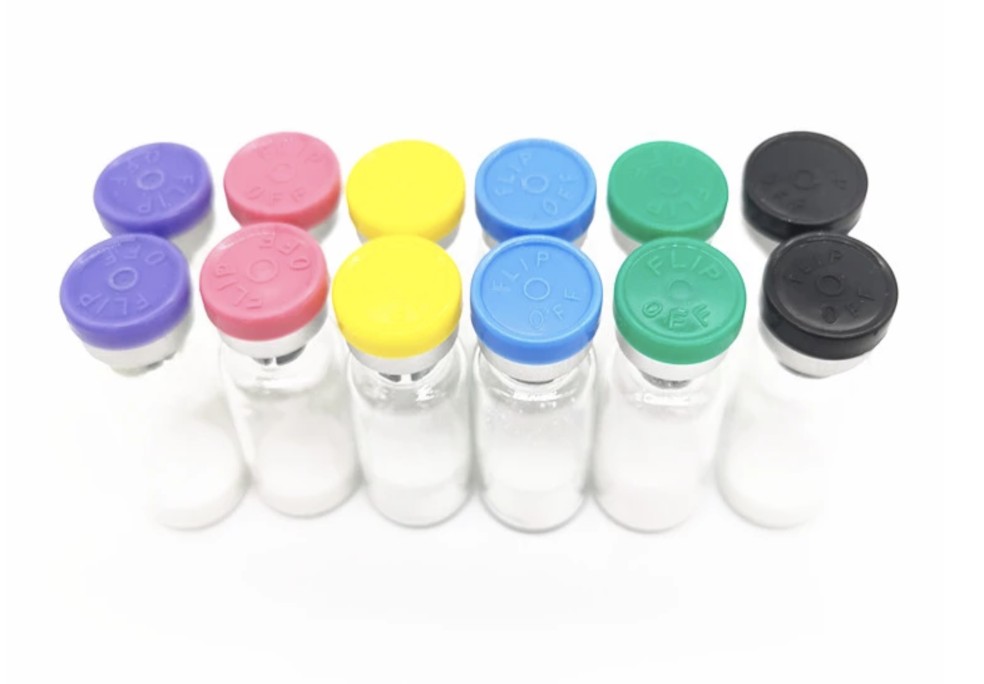Product Name:GLP-1 (7-37) Acetate
Synonyms:GLP-1(7-37)Acetate;GLP-1(7-37) acetate(106612-94-6 free base)
CAS:1450806-98-0
MF:C153H232N40O49
MW:3415.77
Category:Peptides
Glucagon like peptide -1 (GLP-1) is a brain gut peptides secretion ileal endocrine cells, at present mainly as a target for type 2 diabetes drug action. Because GLP-1 can reduce the inhibition of gastric emptying, intestinal peristalsis, thus helps to control food intake, weight loss. Prospective placebo in 19 cases of obese patients in control, random, double-blind, crossover trial, GLP-1 subcutaneous injection can increase the patients with postprandial satiety, and make each meal diet weight average reduction of 15%. But because GLP-1 is a polypeptide, cannot be administered orally is a major shortcoming.
GLP-1 consists of proglucagon gene expression in pancreatic alpha cells, the main product, expression of proglucagon gene is glucagon, and in the intestinal mucosa of L cells, prohormone converting enzyme (PC1) the proglucagon peptide sequence in the carboxyl end shear, i.e. GLP-1. GLP-1 has 2 kinds of biological active forms, respectively GLP-1 (7-37) and GLP-1 (7-36) amide, both of which only one amino acid sequences different, cyclic activated about 80% GLP-1 from the GLP-1 (7-36 [1,2]) amide.
Effect of GLP-1 GLP-1 can protect beta cells can act on the pancreatic beta cells, promote the synthesis of insulin, insulin gene transcription and secretion and can stimulate the proliferation and differentiation of islet beta cells, inhibit the apoptosis of pancreatic beta cells, increase the number of beta cell of islet [2-5]. In addition, GLP-1 also can be applied to the pancreatic alpha cells, strongly inhibit the release of glucagon, and act on the islet delta cells, promote the secretion of somatostatin, somatostatin cells and can be used as a paracrine hormone involved in the inhibition of glucagon.
GLP-1 with glucose concentration dependent hypoglycemic effect, i.e. only rise in glucose levels under the condition of GLP-1, only play a hypoglycemic effect, but in normal blood sugar levels, caused no further decrease. The glucose concentration dependence of the GLP-1 is its hypoglycemic properties of clinical application safety of foundation and security, thereby avoiding people may cause severe hypoglycemia in patients with existing drug treatment for diabetes and scheme of worry.
In addition, GLP-1 also has many other biological characteristics and functions, for example, GLP-1 might play a lipid-lowering, antihypertensive effect, so as to have a protective effect on the cardiovascular system; it can also by acting on central reinforcement learning and memory function, protect the nerve.






















